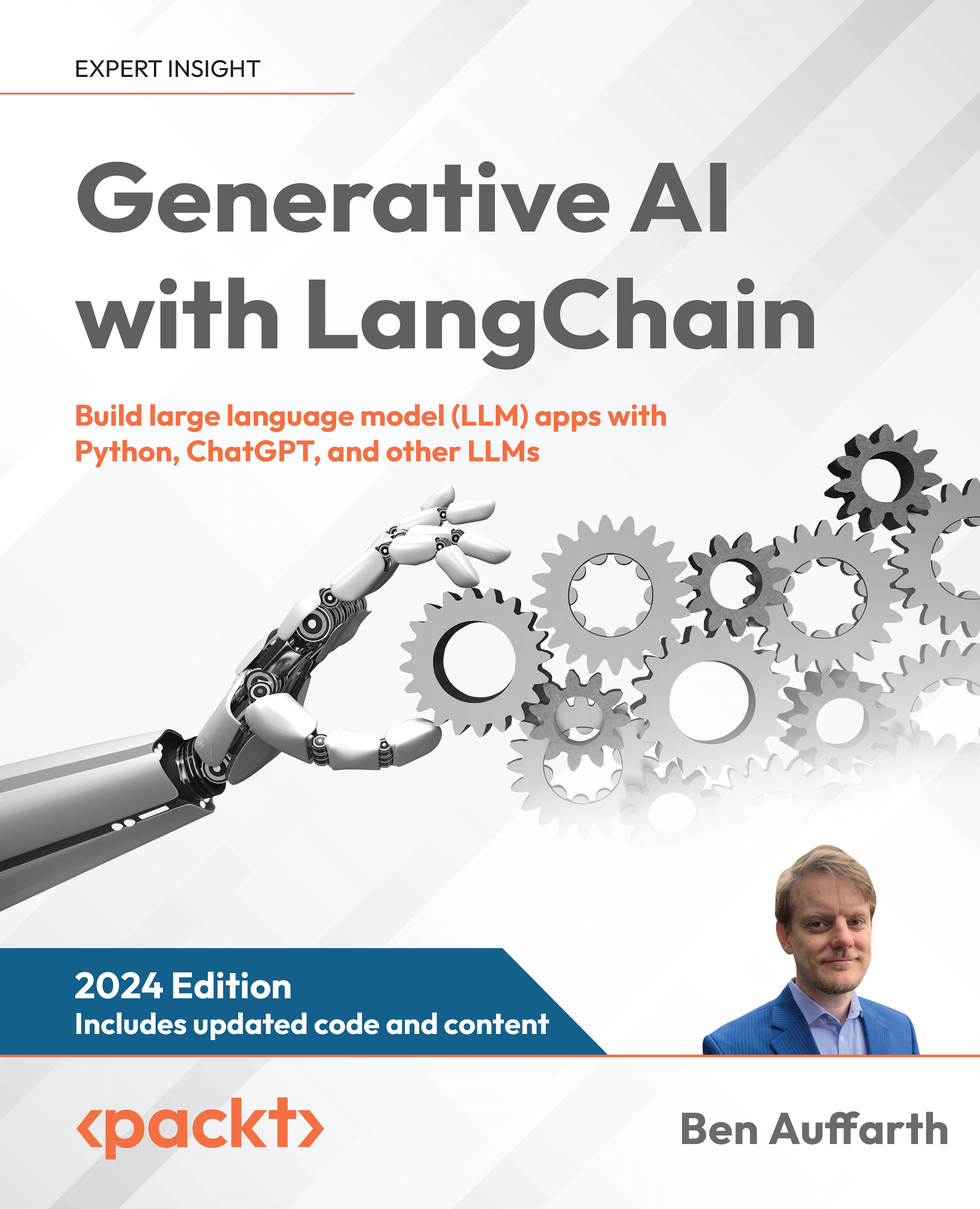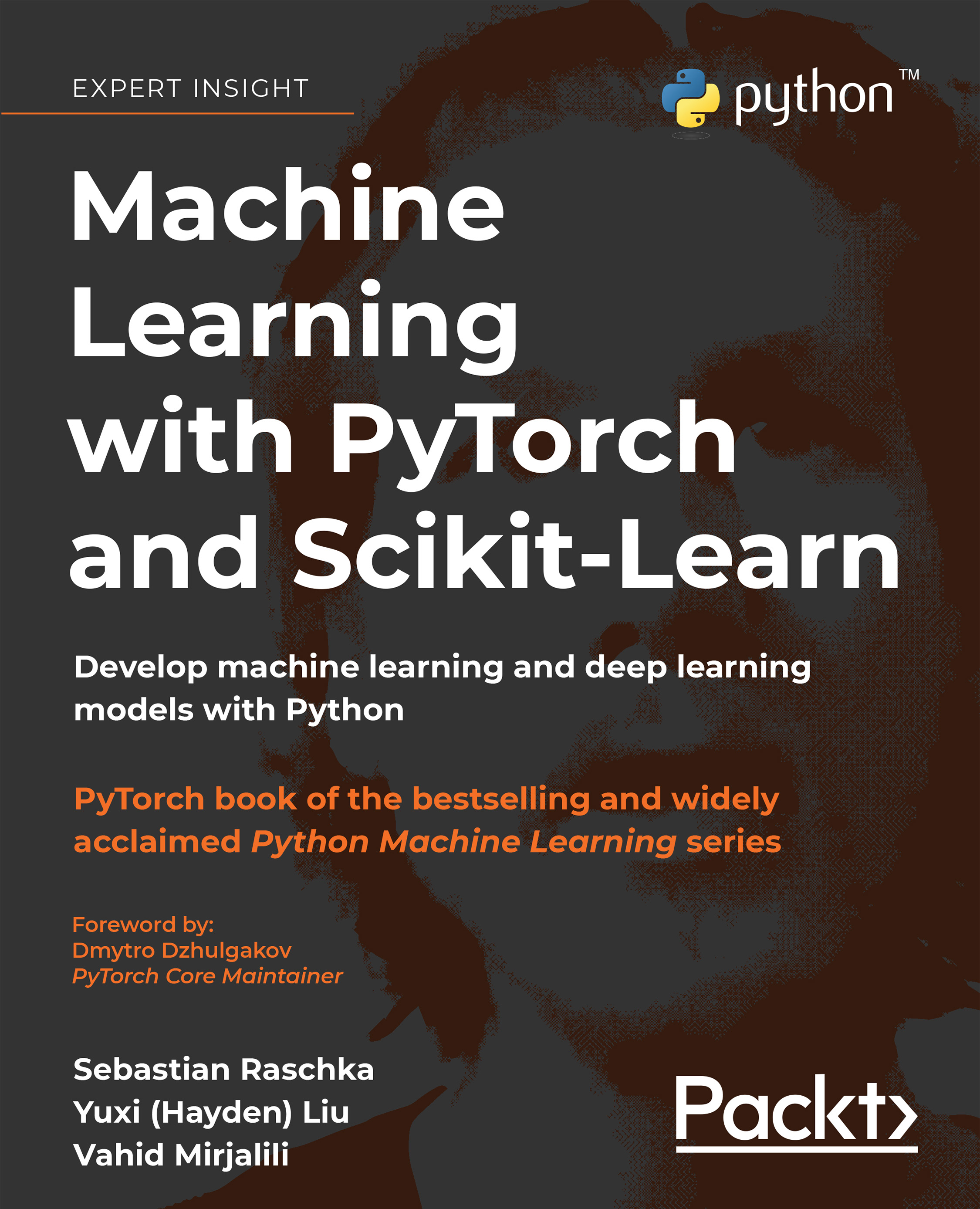🔳 Mastering SQL Window Functions: Mastering SQL Window Functions offers a clear and practical introduction to using window functions for powerful row-wise analysis without collapsing data. Unlike traditional aggregations, window functions (like SUM() OVER or RANK() OVER) preserve individual records while enabling calculations across partitions. Examples include calculating totals per brand, ranking by price, and computing year-wise averages, all while retaining full row-level detail. These functions are essential for tasks like ranking, comparisons, and cumulative metrics, making them a vital tool in modern analytics workflows. However, they may incur performance costs on large datasets, so use them judiciously.
🔳 Automate customer support with Amazon Bedrock, LangGraph, and Mistral models: This walkthrough demonstrates how to build an intelligent, multimodal customer support workflow using Amazon Bedrock, LangGraph, and Mistral models. By combining large language models with structured orchestration and image-processing capabilities, the solution automates tasks such as ticket categorization, transaction and order extraction, damage assessment, and personalized response generation. LangGraph enables complex, stateful agent workflows while Amazon Bedrock provides secure, scalable access to LLMs and Guardrails for responsible AI. With integrations for Jira, SQLite, and vision models like Pixtral, this framework delivers real-time, context-aware support automation with observability and safety built in.
🔳 Run the Full DeepSeek-R1-0528 Model Locally: DeepSeek-R1-0528, a powerful reasoning model requiring 715GB of disk space, is now runnable locally thanks to Unsloth's 1.78-bit quantization, reducing its size to 162GB. This guide explains how to deploy the quantized version using Ollama and Open WebUI. With at least 64GB RAM (CPU) or a 24GB GPU (for better speed), users can serve the model via ollama run, launch Open WebUI in Docker, and interact with the model through a local browser. While GPU usage offers ~5 tokens/sec, CPU-only fallback is much slower (~1 token/sec). Setup is demanding, but viable with persistence.
🔳 How to Build an Asynchronous AI Agent Network Using Gemini for Research, Analysis, and Validation Tasks? The Gemini Agent Network Protocol offers a modular framework for building cooperative AI agents, Analyzer, Researcher, Synthesizer, and Validator, using Google’s Gemini models. This tutorial walks through creating asynchronous workflows where each agent performs role-specific tasks such as breaking down complex queries, gathering data, synthesizing information, and verifying results. By using Python's asyncio for concurrency and google.generativeai for model interaction, the network dynamically routes tasks and messages. With detailed role prompts and shared memory for dialogue context, it allows for efficient multi-agent collaboration. Users can simulate scenarios such as analyzing quantum computing’s impact on cybersecurity and observe real-time agent participation metrics.
🔳 Build a Gemini-Powered DataFrame Agent for Natural Language Data Analysis with Pandas and LangChain: This tutorial demonstrates how to combine Google’s Gemini models with Pandas and LangChain to create an intelligent, natural-language-driven data analysis agent. Using the Titanic dataset as a case study, the setup allows users to query the data conversationally, eliminating the need for repetitive boilerplate code. The Gemini-Pandas agent can answer simple questions such as dataset size, compute survival rates, or identify correlations. It can also handle advanced analyses like age-fare correlation, survival segmentation, and multi-DataFrame comparisons. Custom analyses, such as building passenger risk scores or evaluating deck-wise survival trends, are also supported. With just a few lines of Python and LangChain tooling, analysts can turn datasets into a conversational playground for insight discovery.
 United States
United States
 Great Britain
Great Britain
 India
India
 Germany
Germany
 France
France
 Canada
Canada
 Russia
Russia
 Spain
Spain
 Brazil
Brazil
 Australia
Australia
 South Africa
South Africa
 Thailand
Thailand
 Ukraine
Ukraine
 Switzerland
Switzerland
 Slovakia
Slovakia
 Luxembourg
Luxembourg
 Hungary
Hungary
 Romania
Romania
 Denmark
Denmark
 Ireland
Ireland
 Estonia
Estonia
 Belgium
Belgium
 Italy
Italy
 Finland
Finland
 Cyprus
Cyprus
 Lithuania
Lithuania
 Latvia
Latvia
 Malta
Malta
 Netherlands
Netherlands
 Portugal
Portugal
 Slovenia
Slovenia
 Sweden
Sweden
 Argentina
Argentina
 Colombia
Colombia
 Ecuador
Ecuador
 Indonesia
Indonesia
 Mexico
Mexico
 New Zealand
New Zealand
 Norway
Norway
 South Korea
South Korea
 Taiwan
Taiwan
 Turkey
Turkey
 Czechia
Czechia
 Austria
Austria
 Greece
Greece
 Isle of Man
Isle of Man
 Bulgaria
Bulgaria
 Japan
Japan
 Philippines
Philippines
 Poland
Poland
 Singapore
Singapore
 Egypt
Egypt
 Chile
Chile
 Malaysia
Malaysia














